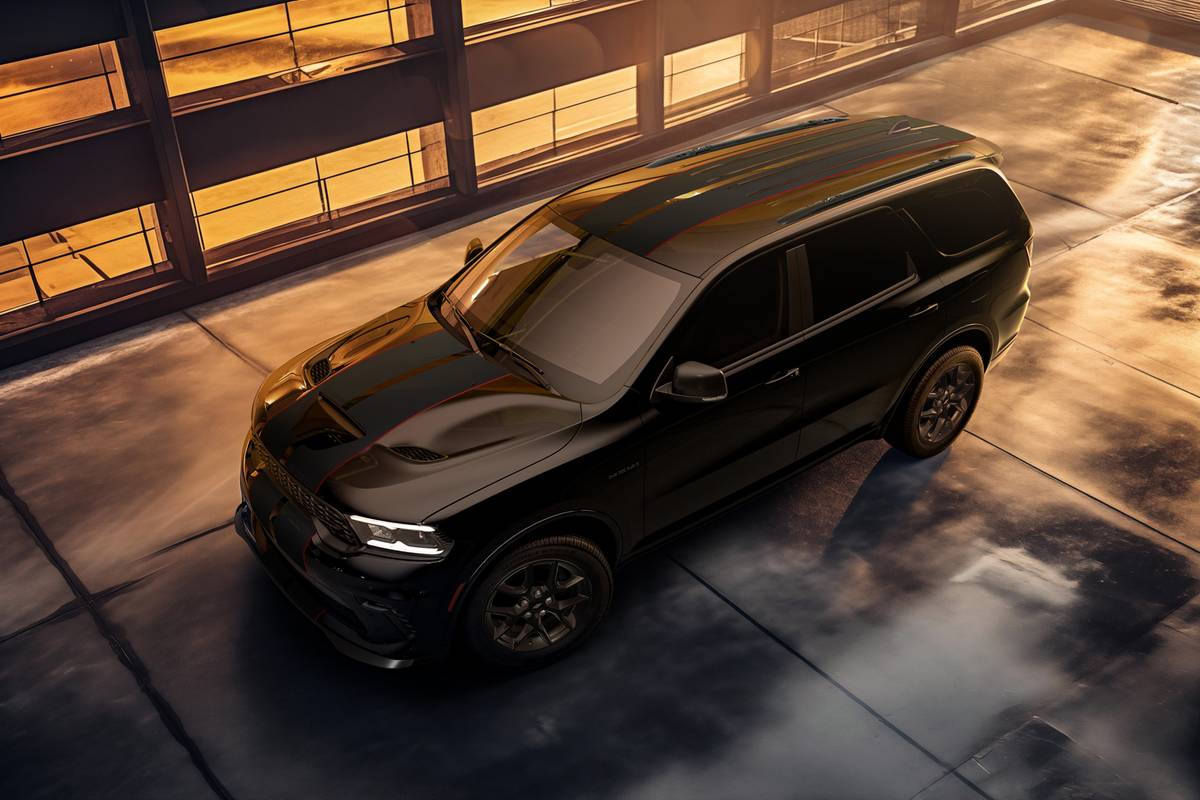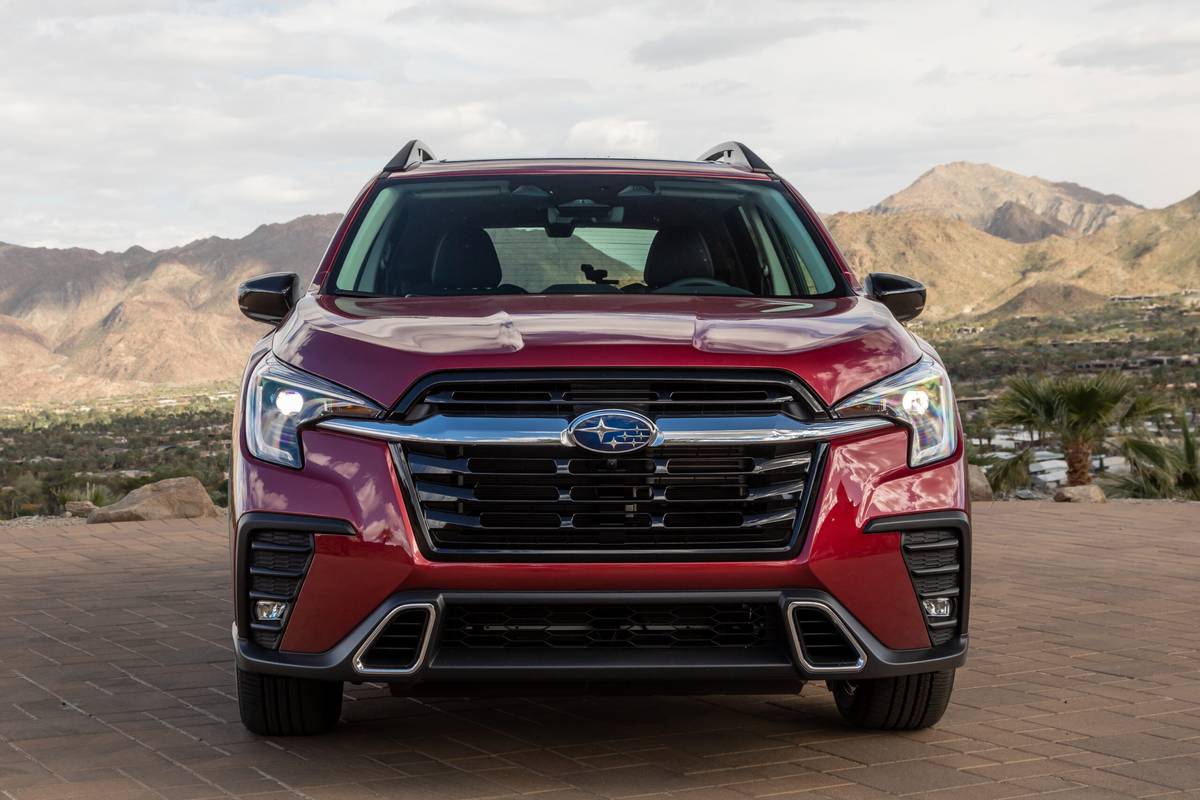Orlando Sentinel's view
Ford’s Mustang was at the heart of the first serious love affair I ever had with cars.
It was a rusty brown 1967 GTA hardtop with a 390-cubic-inch ”Thunderbird Special” engine. I bought it in 1981 for $350, and saved it from the junkyard by replacing nearly every item located between front and rear bumpers.
The ’67 Mustang was an awesome car that I greatly enjoyed before selling it a few years later so that I could use the money to restore a 1966 2+2 fastback.
The original Mustang went out of production in 1973. And for many, that’s where interest in the original pony car trails off. There was a Mustang II that underwhelmed a generation of Mustang fans from 1974 to 1978. In 1979, the current Mustang was born.
In terms of styling, I never thought much of the latest Mustangs, until recently. They have been improved nearly every year. I also could not understand why they sold so well.
Now I do.
The heart, soul and spirit of the first generation Mustang – which celebrated its 25th anniversary last year – is alive and well in the current breed. I know several local Mustang enthusiasts who own one of the original ’65 to ’73 cars as well as a recent GT model.
The GT convertible I tested had all the things I loved about the old Mustang, plus some of the modern high-tech conveniences of today, like fuel injection and a four-speed automatic transmission. Under the hood, there’s a 5.0-liter, 302-cubic-inch engine (a derivative of the original Mustang’s 260/289 engine) that muscles the pony around with authority.
If you think they don’t make hot rods and muscle cars anymore, try a Mustang GT. The dual exhausts roar with a rumble you don’t hear in many cars these days. The exhaust sound is, perhaps, an echo from the ’60s.
Like the original, the new Mustang GT is a credible handler in most instances. However, negotiating sharp curves at high speeds is not the car’s strong point. Blasting away from stoplights and powerful straight line acceleration is what the car is best suited for. The 225-horsepower Mustang GT gallops from 0 to 60 mph in about 6.5 seconds.
When pressed hard, the 2,975-pound Mustang GT oversteers, meaning that the front tires have more traction than the rear tires. That can cause the rear end to swerve either left or right, but this is not usually a condition that is dangerous or would be encountered in normal driving.
The test car came equipped with Ford’s four-speed automatic overdrive transmission. This is a very smooth gearbox that handles the power from the engine with finesse. The only thing I didn’t like about it is that you can’t hold it in second gear. Those who like to powershift would be better off with the five-speed manual transmission.
The power steering is light, and unlike many newer high-performance cars, is not speed-sensitive. The brake setup is traditional Mustang – discs up front and drums in back. They do a respectable job of slowing the car, but can’t be compared with anti-lock four-wheel-disc systems available on other cars.
For the most part, advances in steering, braking and handling are not to be found in the Mustang. And that appeals to traditionalists who love the Mustang ride for what it is. But it also alienates those who crave the latest in technology and want to drive a red-blooded American sports/performance car. The Mustang comes across as feeling very old when compared with such vehicles as the new Toyota MR2.
This is evident in the Mustang’s turning ratio. A battleship could turn a tighter circle.
One of the most delightful features of the car is the convertible top, which is undone by two latches and is lowered with the flick of a switch. The driver doesn’t need to get out of the car – or even his or her seat – to lower or raise the top. The Mustang works well as a convertible. Though there is only one large window in the top, there the convertible top, which is undone by two l tches and is lowered with the flick of a switch. The driver doesn’t need to get out of the car – or even his or her seat – to lower or raise the top. The Mustang works well as a convertible. Though there is only one large window in the top, there are two small electrically operated quarter windows on either side of the car that enhance rear visibility.
Several violent thunderstorms rolled through Central Florida during the time I had the test car. Not one drop of water landed in the Mustang’s interior. I was somewhat surprised by this because at 65 mph, I heard considerable wind noise seeping in around the rear windows. When there are air leaks, water usually finds its way into the car.
Another nice feature is the Mustang’s tonneau cover. When the top is lowered, the vinyl cover connects to the car’s body not with the usual snaps but with flat plastic strips that fit neatly into grooves. In other words, you don’t break fingernails and fracture thumbs, pulling, stretching and pressing the tonneau cover until snaps line up.
One thing I never have liked about the newer Mustangs are the seats. They always have looked out of place and uncomfortable. They offer about as much support as the average folding lawn chair, and coincidentally, they are shaped about the same. There is little lower back support. The lumbar adjustment is nearly useless. Every other Ford vehicle I’ve driven this year had seats that could be adjusted to support nearly any body. Why doesn’t the Mustang?
The rear seats are acceptable for a small convertible. Children and adults less than 6 feet tall can travel in the rear in moderate comfort, though knees are nearly chin high.
The test car featured a full gauge package that is easy to read and well laid out, a superb AM/FM cassette stereo and a host of electronic items such as cruise control, fog lights, electric windows and door locks. A driver’s side air bag has been made standard this year.
There’s a new Mustang on the drawing board that could hit showrooms in two years. If Ford can integrate such things as independent rear suspension, speed-sensitive steering, Recaro-type seats, anti-lock, four-wheel disc brakes and other high-tech items while maintaining the Mustang tradition of performance, dependability and value into the new model, there will be nothing to prevent it from stampeding into the next century.
Latest news



